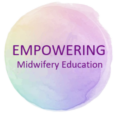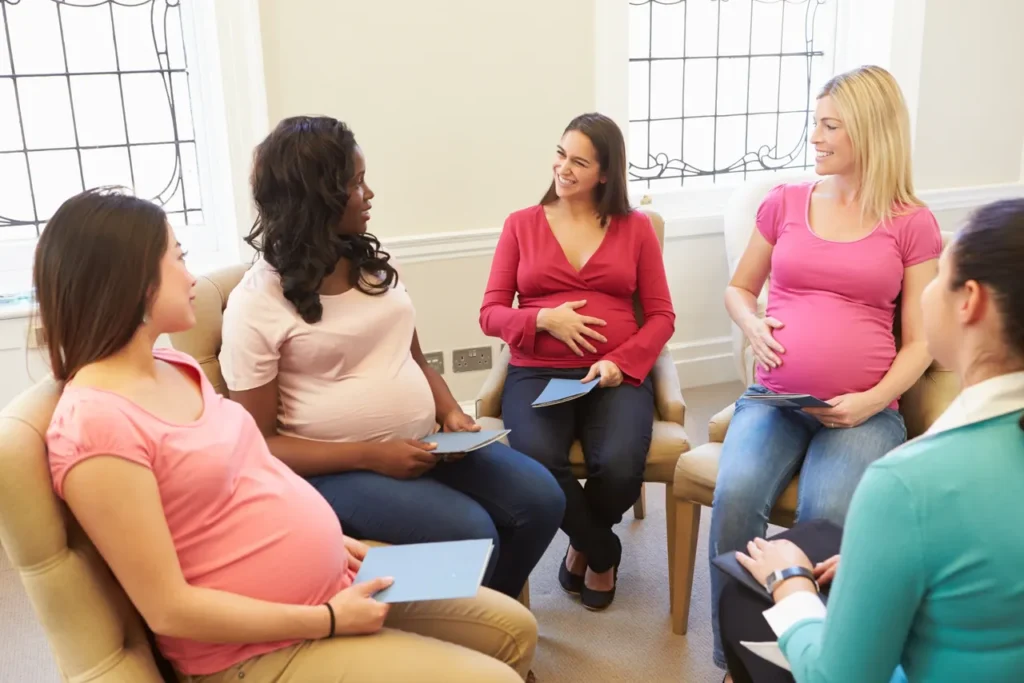Reducing Maternal Mortality
Maternal mortality remains one of the most pressing public health challenges worldwide. According to the World Health Organization (WHO), every day, approximately 810 women die from preventable causes related to pregnancy and childbirth. These numbers underscore the urgent need for improvements in maternal health, particularly through education. One of the most effective ways to reduce maternal mortality is by investing in the education and training of midwives—the professionals who are often at the frontline of maternal care.
In this post, we’ll explore the critical link between midwifery education and maternal mortality rates, examining how well-trained midwives can save lives, improve health outcomes, and reduce complications during pregnancy and childbirth.
1. The Role of Midwives in Maternal Health
Midwives play a vital role in the healthcare system, providing prenatal care, assisting with labor and delivery, and offering postpartum care. Their expertise in normal pregnancy and childbirth, as well as in identifying and managing complications, makes them an essential part of maternal care. In many parts of the world, particularly in rural or underserved areas, midwives are the primary healthcare providers for expectant mothers.
Midwives provide critical support by:
- Monitoring maternal health during pregnancy
- Assisting in safe labor and delivery
- Recognizing and managing complications like pre-eclampsia, hemorrhage, or infection
- Offering guidance on newborn care and breastfeeding
Given the responsibility midwives hold in ensuring the well-being of both mother and child, having well-trained professionals is essential for reducing maternal mortality rates.
2. The Connection Between Education and Maternal Mortality
Maternal mortality is directly influenced by the quality of care provided during pregnancy and childbirth. Many of the causes of maternal death, such as hemorrhage, infection, and eclampsia, are preventable with timely intervention. Midwives who are well-educated in recognizing and managing these conditions are key to preventing deaths during childbirth. Here’s how education helps:
1. Identifying and Managing Complications Early
Midwifery education provides the knowledge and practical skills needed to identify high-risk pregnancies and manage complications early. Proper training enables midwives to recognize signs of pre-eclampsia, gestational diabetes, fetal distress, or bleeding disorders—conditions that can lead to maternal death if not properly addressed. A midwife who has been properly educated knows when to intervene, whether it’s providing emergency care or transferring a patient to a higher level of care.
- Example: In cases of postpartum hemorrhage, well-trained midwives are equipped to act quickly by performing interventions like uterine massage, administering medication, or using compression techniques, significantly reducing the risk of maternal death.
2. Reducing Delays in Treatment
One of the biggest causes of maternal deaths is delays in receiving the appropriate treatment. Education helps midwives recognize urgent situations and act swiftly to either manage the situation or refer the mother to a hospital for more advanced care. This is particularly crucial in settings where access to medical facilities is limited.
- Example: A midwife who has been trained to recognize the early signs of pre-eclampsia can administer the appropriate medications and organize transport to a hospital for more intensive care, preventing complications such as stroke or organ failure.
3. Promoting Evidence-Based Practices
Midwifery education empowers midwives to base their practices on evidence-based guidelines. By staying informed on the latest research and recommendations from healthcare organizations, midwives are more likely to adopt practices that have been proven to reduce maternal and infant mortality. This includes promoting practices like delayed cord clamping, skin-to-skin contact immediately after birth, and providing active management of the third stage of labor to prevent postpartum hemorrhage.
- Example: Midwives trained in the management of third-stage labor can ensure timely interventions, reducing the risk of hemorrhage and saving lives.
3. Improving Maternal Health through Education
1. Preventative Care and Health Promotion
Education equips midwives with the tools to provide comprehensive prenatal education and health promotion. By educating mothers on nutrition, exercise, signs of complications, and the importance of regular prenatal visits, midwives help ensure that women are prepared and empowered to make informed decisions about their health and pregnancy.
- Example: Midwives trained to provide nutrition education can help prevent complications such as gestational diabetes and pre-eclampsia by advising mothers on proper diet and managing risk factors.
2. Mental Health Support
Education also ensures that midwives are aware of the mental health needs of expectant mothers. Conditions like postpartum depression and anxiety can contribute to maternal morbidity and mortality. Midwives who are trained to recognize the signs of mental health issues and offer appropriate referrals to mental health professionals can address this often-overlooked aspect of maternal care.
- Example: A midwife trained in recognizing perinatal depression can provide resources, early intervention, and support, preventing the exacerbation of mental health conditions that can negatively affect both the mother and child.
4. How Midwifery Education Helps in High-Risk Environments
In low-resource or high-risk settings, midwifery education becomes even more crucial. In these environments, midwives often work with limited resources and must be able to perform various roles, including clinical care, education, and emergency response. A well-educated midwife is skilled in managing low-resource settings effectively, using what is available to provide safe care.
- Example: In rural areas with limited access to healthcare, midwives who are trained in safe home birth practices, basic neonatal resuscitation, and emergency management can significantly reduce the risks of maternal and infant mortality.
5. Global Impact: Reducing Maternal Mortality Through Education
Around the world, there is a direct correlation between the availability of skilled birth attendants, such as midwives, and lower maternal mortality rates. Countries that have invested in midwifery education have seen significant improvements in maternal health outcomes. According to WHO, skilled birth attendants can help reduce maternal mortality by up to 80%.
Example: In countries like Sri Lanka and Nepal, the integration of midwifery training programs and the expansion of skilled birth attendants have led to significant reductions in maternal mortality rates.
6. Addressing Health Disparities
Midwifery education also plays a key role in addressing health disparities in maternal care. Women in underserved communities, especially those in rural or low-income areas, face higher risks of maternal mortality due to a lack of access to quality care. By providing education to local midwives, these communities can ensure that trained professionals are available to support women during pregnancy, labor, and postpartum, even when access to hospitals is limited.
- Example: Providing midwifery education in remote areas of sub-Saharan Africa has been shown to significantly lower maternal mortality rates by ensuring skilled attendants are present at births.
Midwifery education is not just about skill development—it’s a critical component of reducing maternal mortality rates globally. Well-educated midwives are equipped to handle the complexities of maternal care, including recognizing and managing complications, providing preventative education, and delivering high-quality care. Investing in midwifery education, particularly in underserved areas, is a proven strategy for saving lives, improving maternal health outcomes, and addressing global health disparities.
By strengthening midwifery education, we can make significant strides toward a world where every woman has access to the care and support she needs to have a safe and healthy pregnancy, labor, and postpartum experience. Reducing maternal mortality through education isn’t just possible—it’s essential for a healthier future for all mothers and their children.


